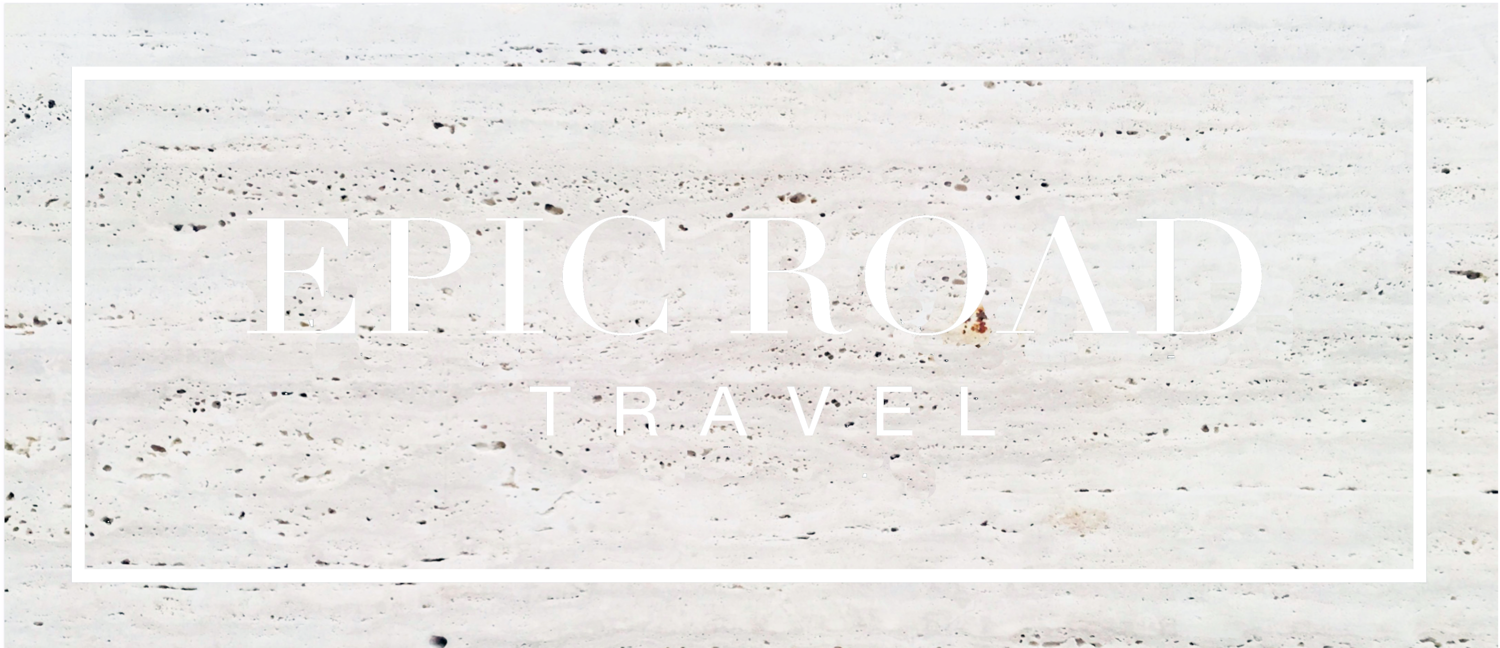Finding the Best Binoculars for your Luxury Safari
Some people obsessively document their trips; others prefer to relish them in real time. If you’re the latter, choosing a great pair of binoculars is key. Unlike a zoo, safaris reveal animals existing in their natural habitats—which often means they’re not at close range. Binoculars give you an opportunity to see the animals up close, in high definition, without losing that second it takes to press the shutter or check in image on the backscreen.
In choosing a pair of binoculars, the quality of the glass is paramount; the body is secondary. Most quality binoculars will advertise the provenance of their glass—Swarovski, for example. Zeiss, Leica, Steiner, and Swarovski are often cited as the highest-quality brands, but cost around $2,000 a pair. Good, cheaper options are Nikon, Canon, Bushnell, and Pentax.
Other important factors are magnification, light capacity, size, and durability.
Counter-intuitively, high magnification is not what you want in a pair of safari binoculars (the magnification is the first number in standard binocular indicators such as 8x40). The higher the magnification, the less stable the image becomes, so unless you’re planning to stand motionless for long stretches of time with a tripod—in birdwatching, for example—you’ll want a lower magnification. High magnification also compromises the field of vision, which isn’t helpful when you’re scanning the bush for hidden animals. A magnification of 7x-10x is ideal. Anything above 10x will be very difficult to hold steady.
The second number in standard binocular indicators (ie 8x40) tells you how much light the binoculars let in, making objects brighter in dim morning and evening conditions. For safari conditions, this number should not be below 30; anything above this should be fine.
Binoculars generally come in three sizes: full, mid, and compact. Full binoculars (42 mm +) will give you the strongest image, but they are often very heavy and will take up significant luggage space. Compact binoculars (21-28mm) are small and light, but offer a compromised image. If you will be walking or hiking a lot, consider compact; if not, your best bet is probably a nice set of mid-sized binoculars.
You’ll also want a pair of binoculars with a good reputation for durability, as conditions on safari can be harsh. Waterproofing is also an option.

